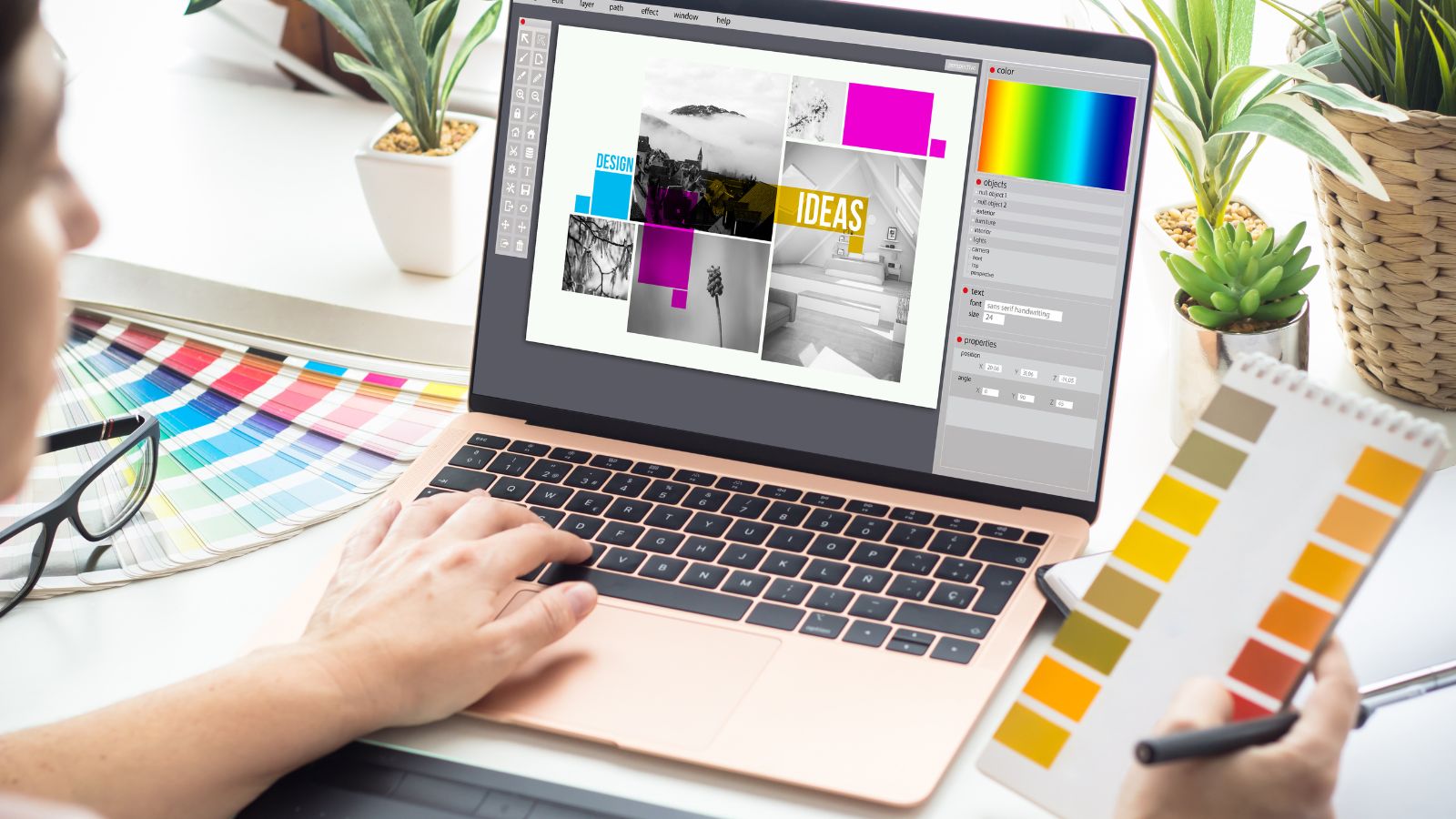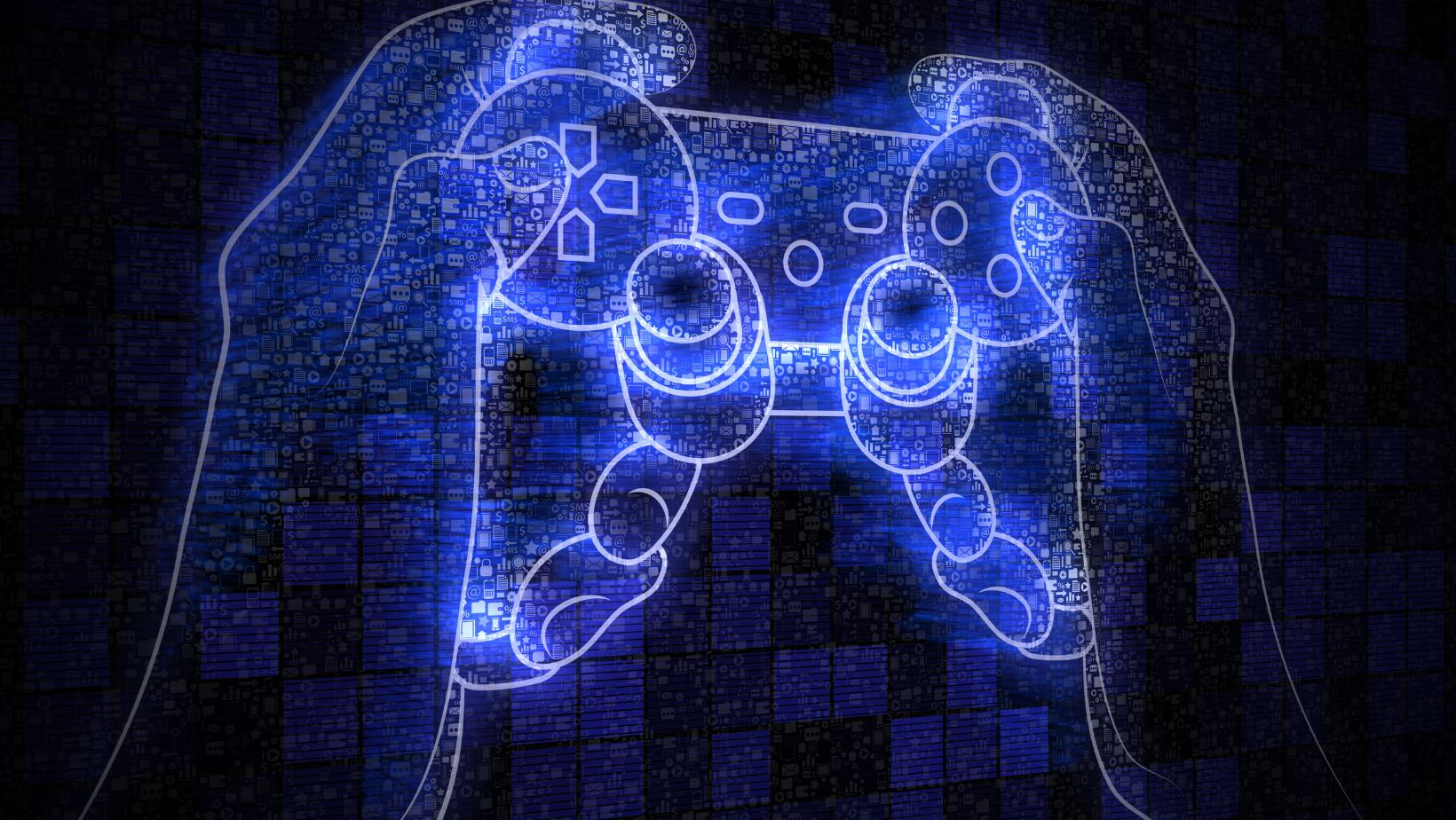Designers love working with vector graphics. They stay crisp no matter how much you scale them, they’re easy to tweak, and they’re ideal for everything from logos to sleek illustrations.
But that same flat, polished look can sometimes work against you. Leave them as-is, and they’ll always feel like they’re stuck to the page instead of living in the space.
Bring them into 3D, and suddenly they gain depth, texture, and an entirely new layer of storytelling. What surprises most people is how accessible that shift has become. You don’t have to be a seasoned 3D artist or buy high-end equipment.
If you’ve got a well-prepared SVG file, the right software, and a clear plan for how you’ll use the result, you can turn that simple shape into a fully formed object that feels like it could exist in the real world.
Table of Contents
TogglePrepare Your Vector for 3D Work
A good 3D model starts long before you open any modeling software. The work you do on your vector file sets the tone for the entire project.
Before converting, zoom way in on your SVG and hunt down stray points, doubled paths, or hidden shapes. Those tiny flaws turn into big problems in 3D. Name and group your layers logically so that when you import them, each one becomes an object you can adjust without digging through a mess.
If you’re aiming for precision, start with a high-quality, well-built vector before you even think about adding depth. From there, you can explore methods to convert SVG to a 3D model so you retain that clean geometry while giving it dimensional form.
Choose the Right Software for the Job
The software you choose should match your experience and your goal. Beginners often start with browser-based tools or simple desktop apps, which strip away the steep learning curve and get you experimenting quickly.
More advanced designers might jump into Blender or Maya for the fine control they offer over modeling, texturing, and rendering. Before you commit, think about the final output. Is your model meant for print, animation, or an interactive web experience?
A high-poly render might look gorgeous on a product page, but it might be impractical for a game or mobile app. The clearer your destination, the easier it is to pick a tool that will get you there efficiently, without wasting time building something that doesn’t fit your needs.
Bring Depth Through Lighting and Shadows
You can spend hours perfecting the shape, but without the right light, it’s like looking at a sculpture in a dark room – you can’t appreciate the details. The way light falls across a surface tells you not just its shape, but whether it’s glossy, rough, heavy, or delicate.
If you want to give your model some drama, angle a single, strong light so it casts long shadows and sharp edges.
For something friendlier or more natural, soften the light until it wraps around the object and blurs the transitions. Even nudging the light a few degrees can change the mood entirely, so don’t be afraid to experiment until it feels right.
Add Realism with Texture and Materials
Shape alone isn’t enough to convince the eye. The surface matters just as much. Texture mapping lets you wrap your model in materials that feel tangible. A plain cube becomes a polished marble block, brushed steel plate, or soft fabric-covered stool depending on the texture you choose.
But textures are easy to get wrong. If the scale is off — like a wood grain that’s too large — the illusion falls apart instantly. Lighting needs to match, too; a shiny metal texture in a dimly lit scene will look out of place. Take the time to get these elements aligned.
Layer in Depth for Greater Impact
We don’t see the world as one flat picture. Our eyes naturally sort it into layers: what’s right in front of us, what’s in the middle, and what’s way in the back. Do the same in your 3D scene, and it immediately feels more believable.
Let the background fall slightly out of focus, keep the subject sharp, and use the mid-ground to connect the two. It’s a small shift, but it’s one of the reasons today’s most engaging visuals, as pointed out in the changing world of digital media, feel so alive. Even the subtlest depth cues can turn a static render into something that pulls you in.
Integrate 3D Into Your Business Strategy
A good-looking 3D model is nice. A strategically placed 3D model is powerful. If you’re building a marketing model, think beyond the “wow” factor. Could it make a product easier to understand? Encourage a customer to interact with your site longer? Support your storytelling?
If your goal is to level up your business with gamification, immersive visuals, or product customization, 3D design can be a huge asset. But the impact comes when you integrate it into a bigger plan, not just when it looks cool.
A sleek render can grab attention, but a thoughtfully placed interactive model can keep it, and that’s where the real return happens.





